
More Americans applying for refugee status in Canada, data shows
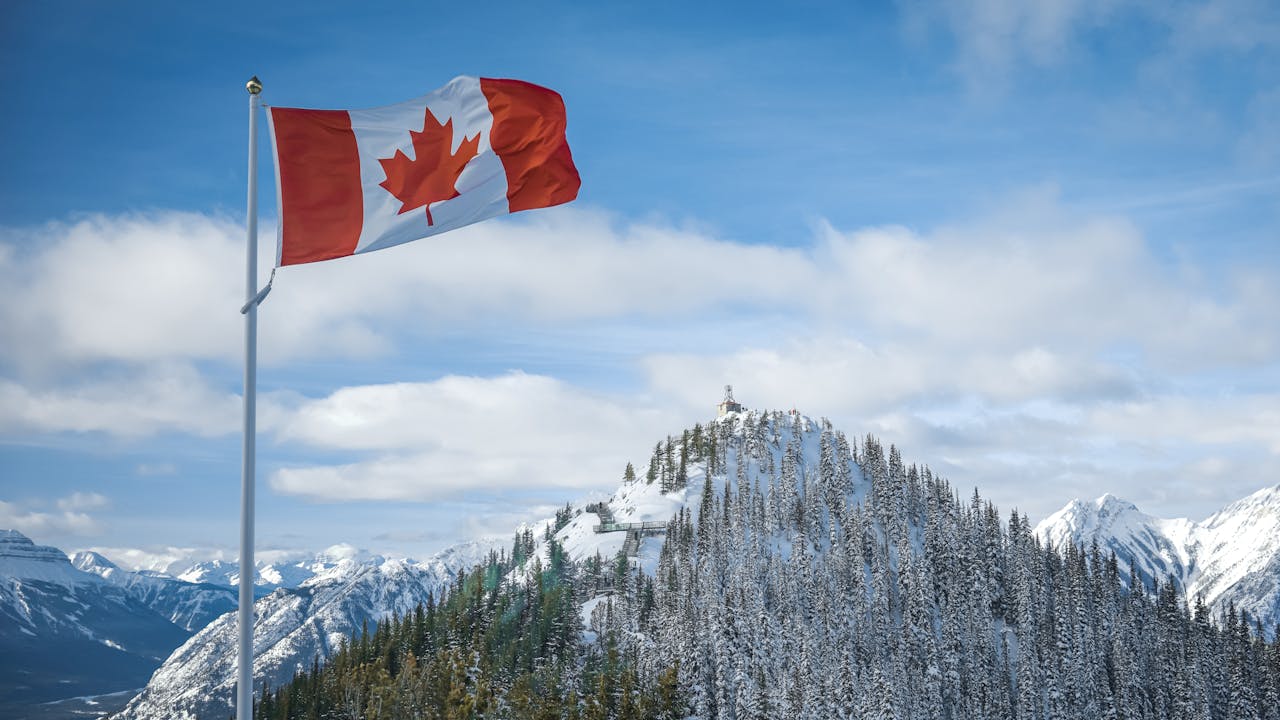
Americans Seeking Asylum in Canada: A Reversal of a Generational Narrative
For generations, the United States has been regarded as a beacon for those fleeing persecution — a country synonymous with opportunity, freedom, and safety. But in a striking reversal of that historic narrative, a growing number of Americans are now heading north, crossing into Canada and requesting refugee protection. This shift, while still modest in numbers, carries profound symbolic weight. It speaks to deepening insecurities within the U.S., where political polarization and the rollback of protections — especially for transgender and LGBTQ individuals — are driving some to question whether their homeland remains safe for them.
The first half of 2025 alone saw more U.S. citizens apply for asylum in Canada than in any full year since 2019. According to data from Canada’s Immigration and Refugee Board (IRB), 245 applications were filed between January and June, out of roughly 55,000 total claims from around the world. Proportionally, the figure may appear small, but the upward trajectory tells a larger story about the shifting dynamics of rights, identity, and belonging across North America.
What’s unfolding is more than a bureaucratic trend. It is a human story about safety, dignity, and the fragile line between inclusion and exclusion — one that highlights how cultural and legislative battles within one democracy can reverberate beyond its borders, reshaping migration patterns and challenging long-held assumptions about where refuge can be found.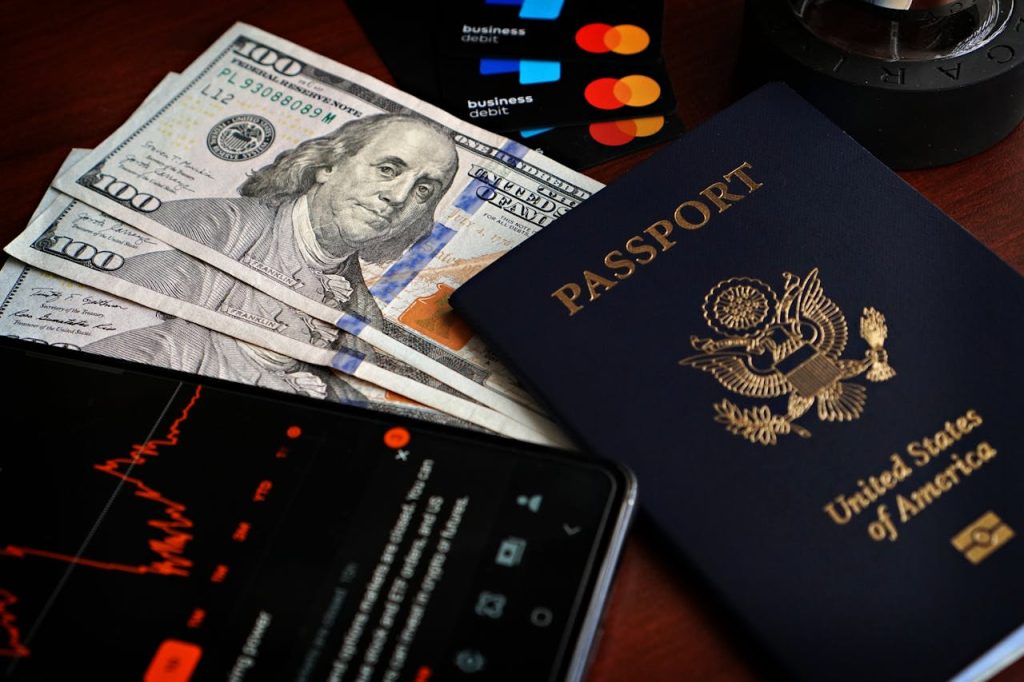
Rising Refugee Claims From the United States
Canada’s immigration system is now facing a surge of claims from Americans — something that, until recently, was almost unthinkable. The last comparable spike occurred during Donald Trump’s first term, when his administration’s policies on immigration, healthcare, and LGBTQ rights prompted a wave of anxiety and, in some cases, flight.
Today, lawyers and advocacy groups report that a growing number of claimants are transgender Americans and other members of marginalized communities who feel unsafe in their own neighborhoods, schools, or workplaces. Many cite urgent fears over restricted access to gender-affirming healthcare, escalating hate crimes, and an atmosphere where simply existing in public spaces can carry risks.
For these individuals, applying for asylum in Canada is not a political protest but a survival strategy. “This isn’t about making a statement — it’s about staying alive,” said one immigration attorney in Toronto, who noted that inquiries from U.S. clients have nearly doubled since early 2024.
But the path is anything but easy. The IRB demands that applicants prove no safe place exists anywhere in the United States where they could reasonably live — a high bar considering the country’s size, legal frameworks, and state-level diversity. Historically, only a small fraction of American cases have been approved, underscoring both the difficulty of the process and the desperation driving these applications.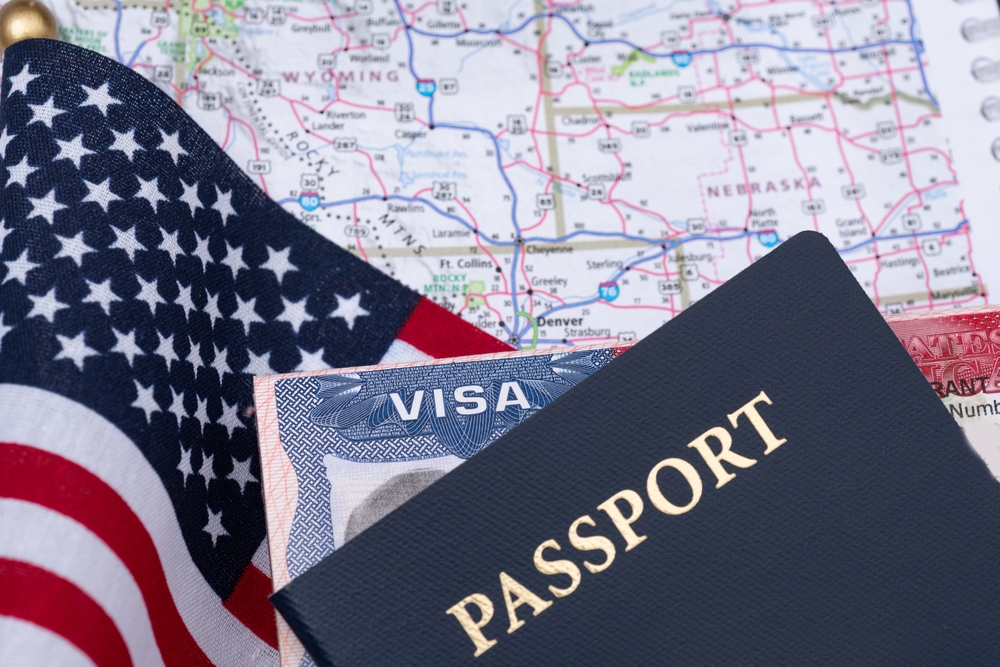
The Legal and Policy Landscape
The legal framework governing cross-border asylum applications helps explain both the surge and its limits. The Safe Third Country Agreement (STCA) — a bilateral pact between Canada and the U.S. — requires most migrants to file for protection in the first “safe” country they enter. However, U.S. citizens are exempt from this rule, allowing them to lodge claims directly in Canada.
Still, success rates remain low. To qualify, American claimants must show systemic persecution and demonstrate that internal relocation within the U.S. is not a viable solution. In practice, this often requires extensive documentation: police reports, medical records, expert testimony, and evidence of widespread legal or social hostility.
In recent years, subtle but significant shifts have emerged in how Canada evaluates these claims. The IRB now includes reports from organizations such as Human Rights Watch in its evidence packages, recognizing the growing risks faced by LGBTQ people in the United States. While these updates do not guarantee approval, they acknowledge that conditions south of the border are evolving — and that those changes carry real consequences for individuals seeking refuge.
Human Stories Behind the Statistics
Beyond the numbers lie stories of fear, resilience, and forced migration.
One trans woman from Arizona crossed the Canadian border in early 2025 after the state enacted sweeping restrictions on gender-affirming care. For her, the choice was stark: leave her community or risk losing access to the medical treatments that made her life possible.
Another case involves a mother from Florida who sought asylum for her 12-year-old transgender daughter, fearing that new laws would expose the child to bullying, medical neglect, and even physical violence. “We didn’t want to leave,” she told a Canadian reporter. “But we wanted her to live.”
These narratives underscore the emotional toll of displacement and the unique challenge of proving persecution as a U.S. citizen. Unlike those fleeing war zones or authoritarian regimes, Americans must demonstrate that their persecution is systemic, unavoidable, and unaddressed by legal recourse. For many, the growing patchwork of anti-LGBTQ laws across multiple states makes internal relocation an empty promise rather than a solution.
A Polarized Political Climate
The increase in asylum applications cannot be separated from the United States’ deepening political divisions. Over the past decade, cultural conflicts around gender, sexuality, and personal freedoms have sharpened, frequently spilling into legislation and court decisions that directly affect vulnerable groups.
Under the Trump administration, protections for transgender people eroded sharply — from bans on military service to contested access to public facilities. In recent years, these rollbacks have accelerated, with some states criminalizing gender-affirming care, banning books featuring LGBTQ characters, or restricting participation in public life.
For those affected, the fear is not abstract. It manifests in day-to-day interactions: harassment in schools, discrimination in workplaces, or even violence in public spaces. The perception that legal protections are collapsing fuels a sense of urgency and danger, making Canada — with its more consistent protections — a logical refuge.
Global Implications and a Changing Narrative
While the number of claims remains relatively small, the symbolism is enormous. The United States — long seen as a sanctuary for the persecuted — now finds its own citizens seeking protection abroad. This reversal does not go unnoticed on the world stage. It raises pressing questions about the resilience of democratic institutions and the reliability of rights that once seemed inviolable.
Migration scholars note that the trend also complicates traditional narratives about displacement, which typically focus on people fleeing poverty, war, or dictatorship. The northward movement of Americans underscores a more nuanced reality: that even within wealthy, stable democracies, social and political shifts can make life untenable for marginalized groups.
For Canada, the moment is fraught with both opportunity and challenge. It must balance compassion with the integrity of its refugee system, all while navigating sensitive diplomatic terrain with its closest ally.
Beyond Canada: A Quiet Exodus
The northward trickle into Canada is only one part of a broader story. Across the Atlantic and beyond, relocation firms and real estate agencies are reporting growing interest from Americans exploring permanent moves abroad.
For some, it’s about safety. For others, it’s about seeking a better quality of life, economic stability, or simply a respite from what they describe as a “toxic” cultural environment at home. A Talker Research poll found that 17% of Americans plan to move abroad within the next five years, with Canada, Portugal, and Spain topping the list of preferred destinations.
Retirees, too, are joining this quiet exodus. Faced with rising healthcare costs and limited retirement income, many are opting for countries like Costa Rica or Ecuador, where their savings stretch further and the pace of life is less frenetic. Scientists and academics, frustrated by funding cuts and political interference, are increasingly looking overseas for opportunities — prompting the European Union to launch a €500 million initiative to attract U.S. researchers seeking stability.
Collectively, these choices signal a broader reevaluation of the American promise. Whether through asylum claims, early retirements abroad, or professional relocations, Americans are quietly testing the limits of what “home” means — and what safety, dignity, and opportunity look like in a rapidly changing world.
News in the same category

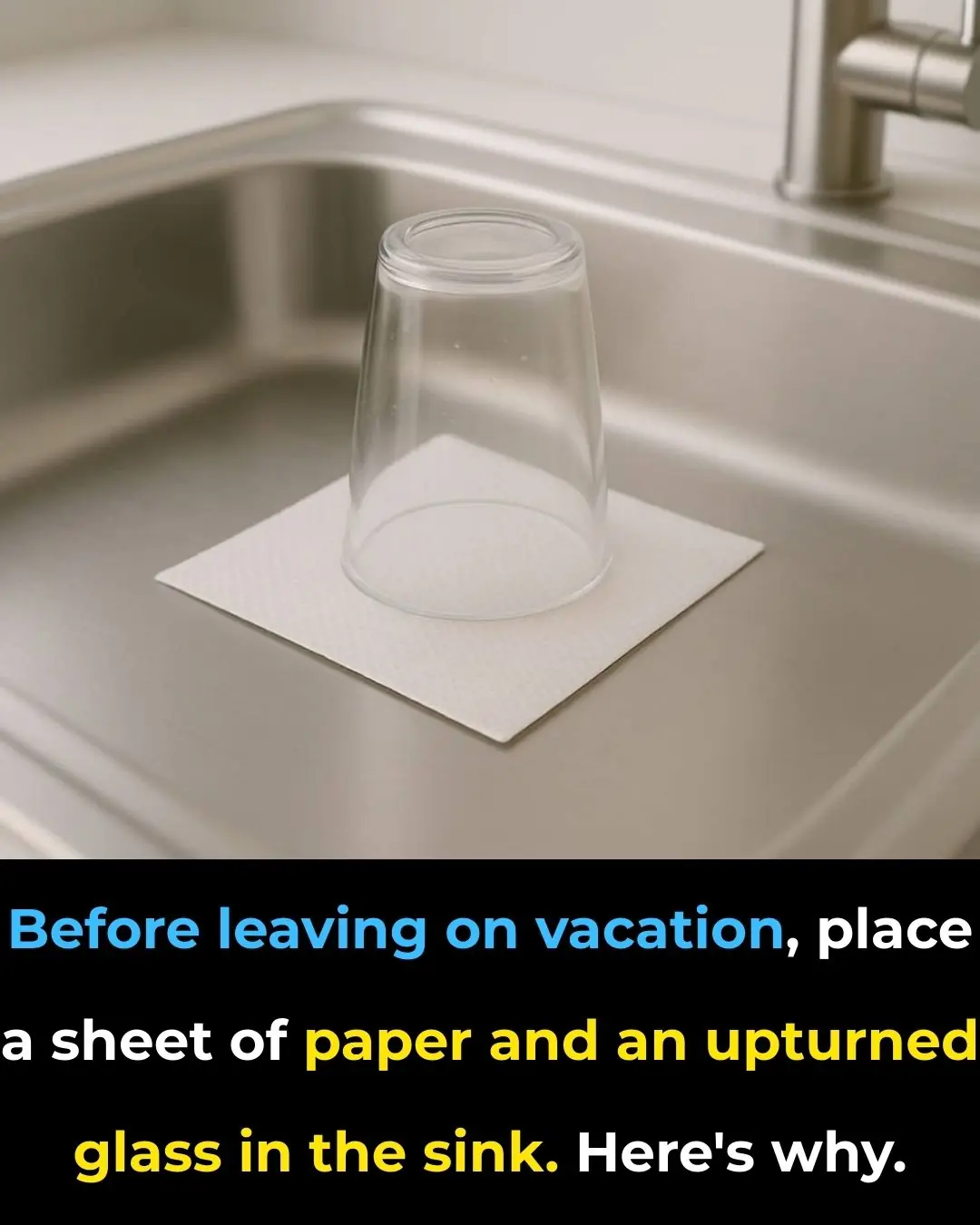
Sink Trick You Should Always Do Before Vacation

Elon Musk Issues Serious Warning on Japan’s Population Decline

What it says about your relationship when your partner sleeps with their back to you

Orlando Bloom explains ‘horrible’ side effects his weight-loss transformation caused

A:dult star reveals the clause written into her contract that helps keep her safe

Bear Attack Survivor’s Haunting Farewell Note to Wife After Gathering Pieces of His Own Flesh

Ring Finger Longer Than An Index Finger

The Hidden Meaning Behind Thumb Rings for Women vs. Men
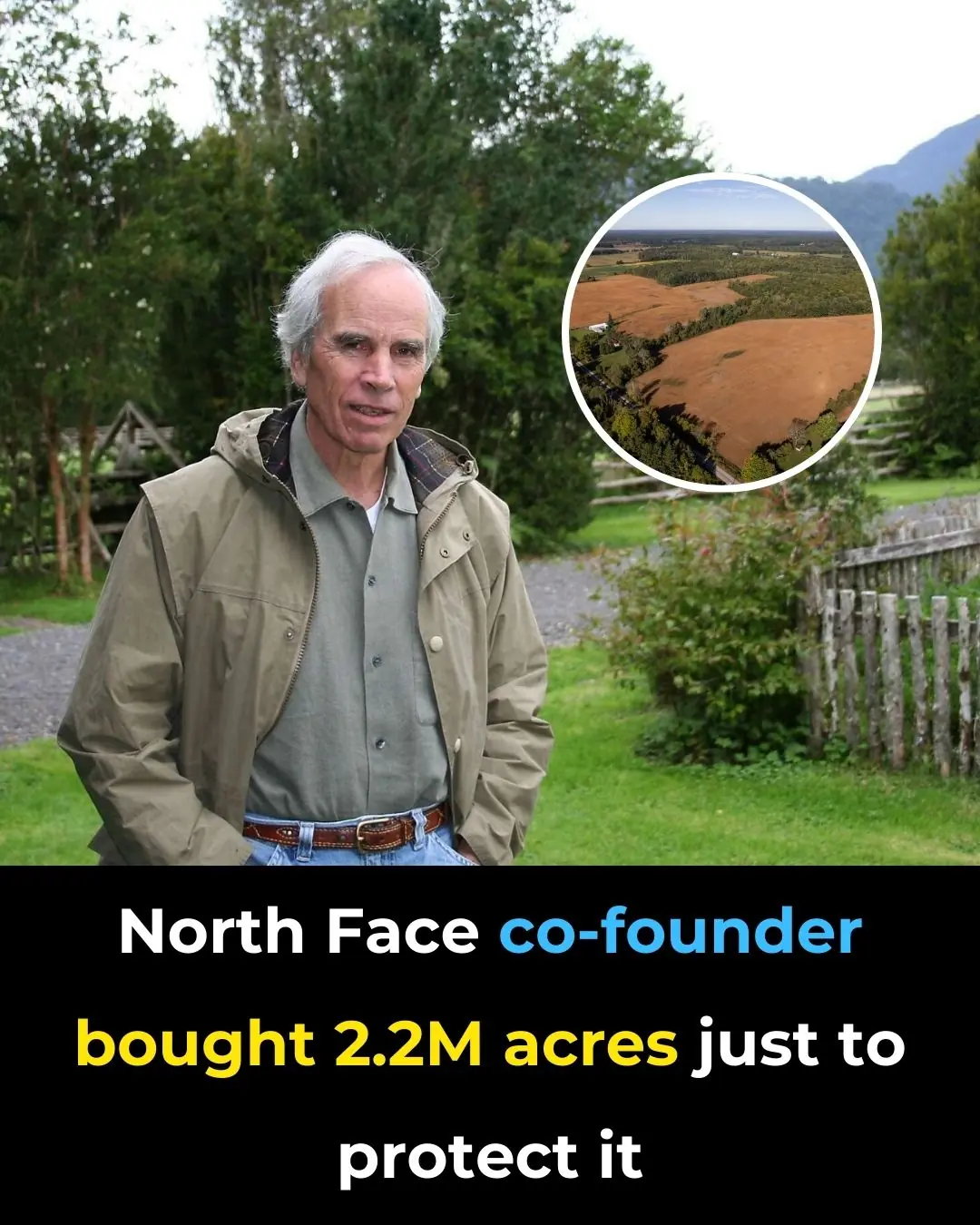
North Face Co-Founder Bought 2.2m Acres Just to Protect It

Family gives update on baby after brain dead woman was kept alive to give birth due to abortion law

The hidden meaning of thumb rings: what they represent for women vs. men

What it says about your relationship when your partner sleeps with their back to you

The World’s Strongest Animal Isn’t an Elephant or Bear

Gordon Ramsay issues health warning after undergoing cancer surgery

Delta Pilot Spends Year’s Salary to Fly 112 Friends to Hawaii for Epic Retirement Sendoff

Unbelievable footage shows moment Ukraine blows up two key Russian bridges using their own mines amid WW3 fears

Apple’s iPhone Users Are Justifiably Concerned By The New Meaning Of The Orange Dot On Their Screens

Saw This Trick For Oven Cleaning
News Post

What Terrible Things Happen When Women Lack Intimacy? A Painful Yet True Reality

Why You Should Never Place Your Bed Like This

Sink Trick You Should Always Do Before Vacation

10+ Foods That Naturally Lower Blood Sugar Levels

Elon Musk Issues Serious Warning on Japan’s Population Decline

A Fruit Growing Abundantly in Gardens That Few People Eat Turns Out to Be an Autumn ‘Miracle’ Better Than Ginseng and Bird’s Nest

Why Should You Drop a Clove of Garlic into the Toilet Bowl at Night? Knowing Its Benefits, Every Household Wants to Try It

Revealed: How to Make Ceramic Tiles Sparkle at Home – Without Spending a Dime

If your private parts smell fishy, it’s something you should be aware of

Soak the vermicelli in a bowl of fish sauce, after 2 minutes you will know if the vermicelli is clean or contains borax.

The refrigerator seal has black mold, use this to wipe it, and it will be completely clean in just 5 minutes.

#1 Best Way to Lower Blood Pressure Naturally and Fast

Neurologists urge: stop this daily habit now—it’s linked to strokes!

What Is the Small Cap Inside Cooking Oil Bottles For? Simple But Extremely Useful

A Trick to Repel Rats Using Common Household Ingredients, Keeping Your Home Clean, Fresh, and Rat-Free

Place a Face Mask in the Refrigerator: A Small Trick with Unexpected Results

Put Ice Cubes in Your Clothes Dryer, and You’ll Be Surprised by the Results

Why You Should Put Coins in the Refrigerator?

Tips for Choosing Good Avocados: Don't Be Tempted by Large Ones, They Are 'A Waste of Money'.
